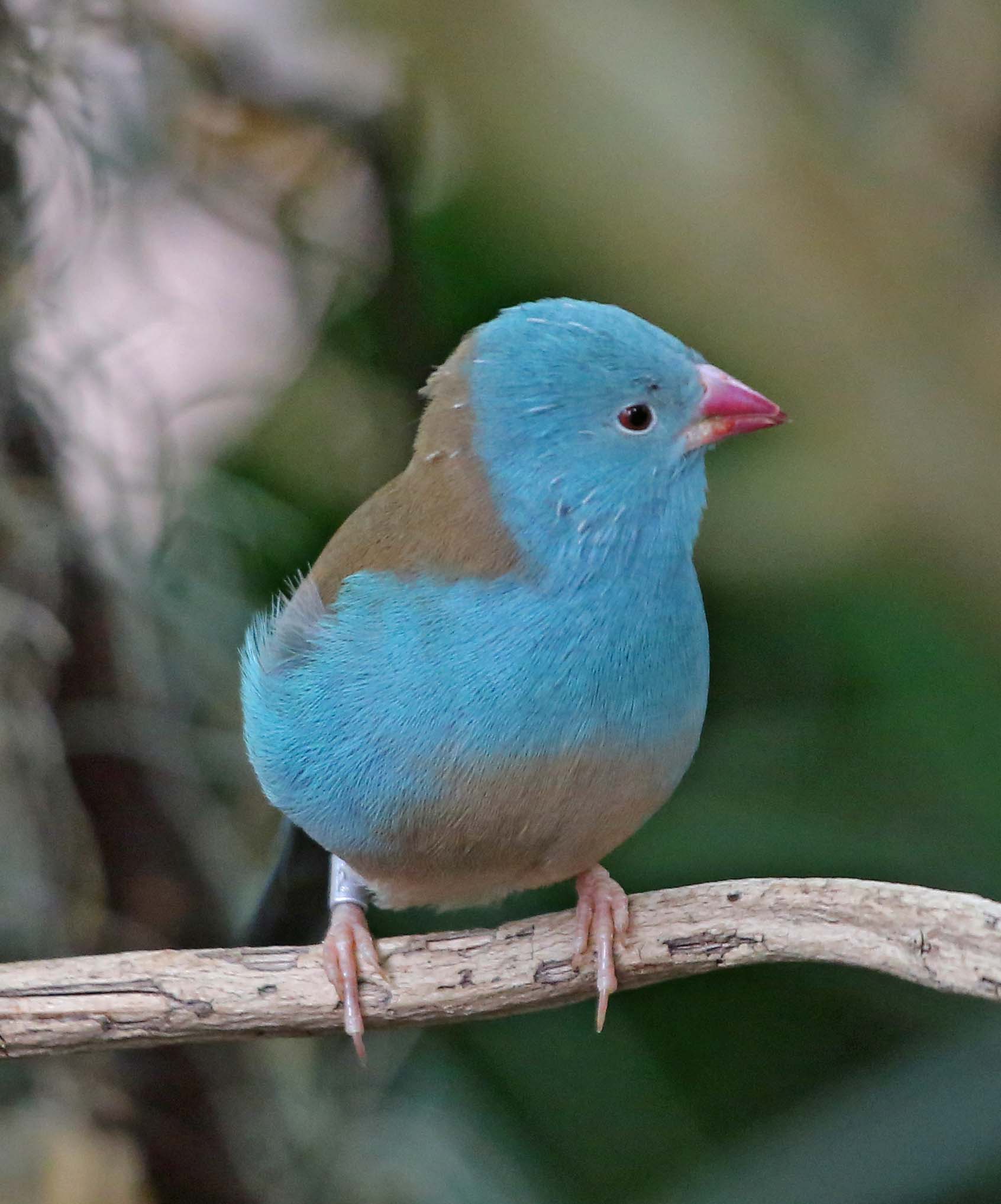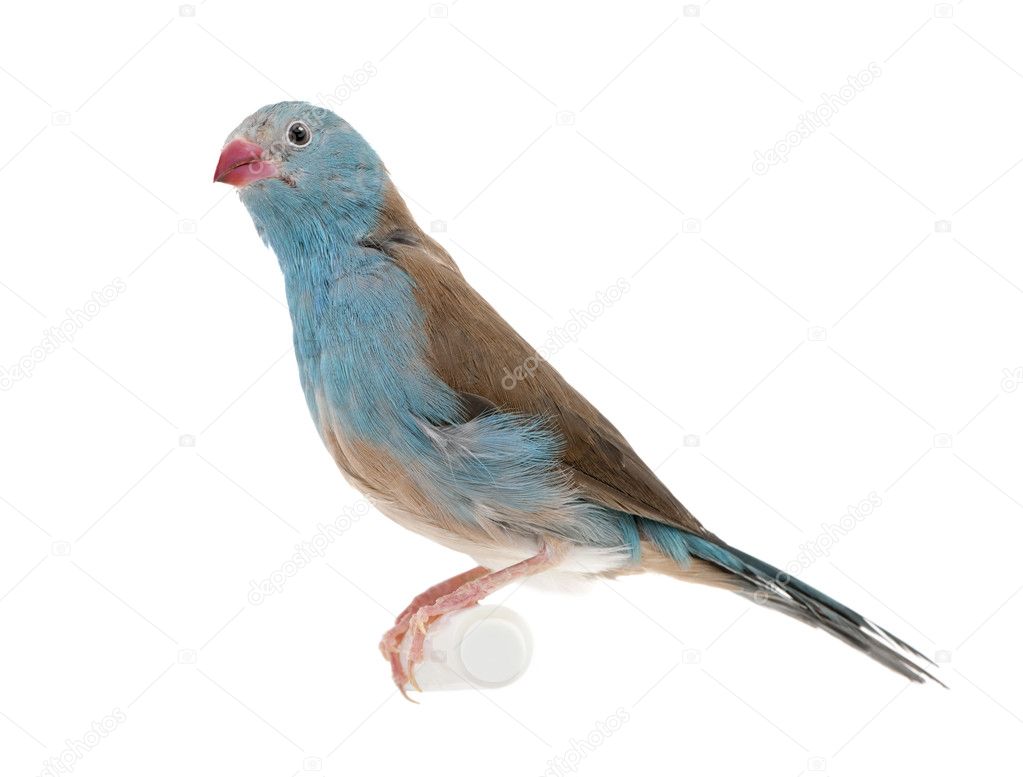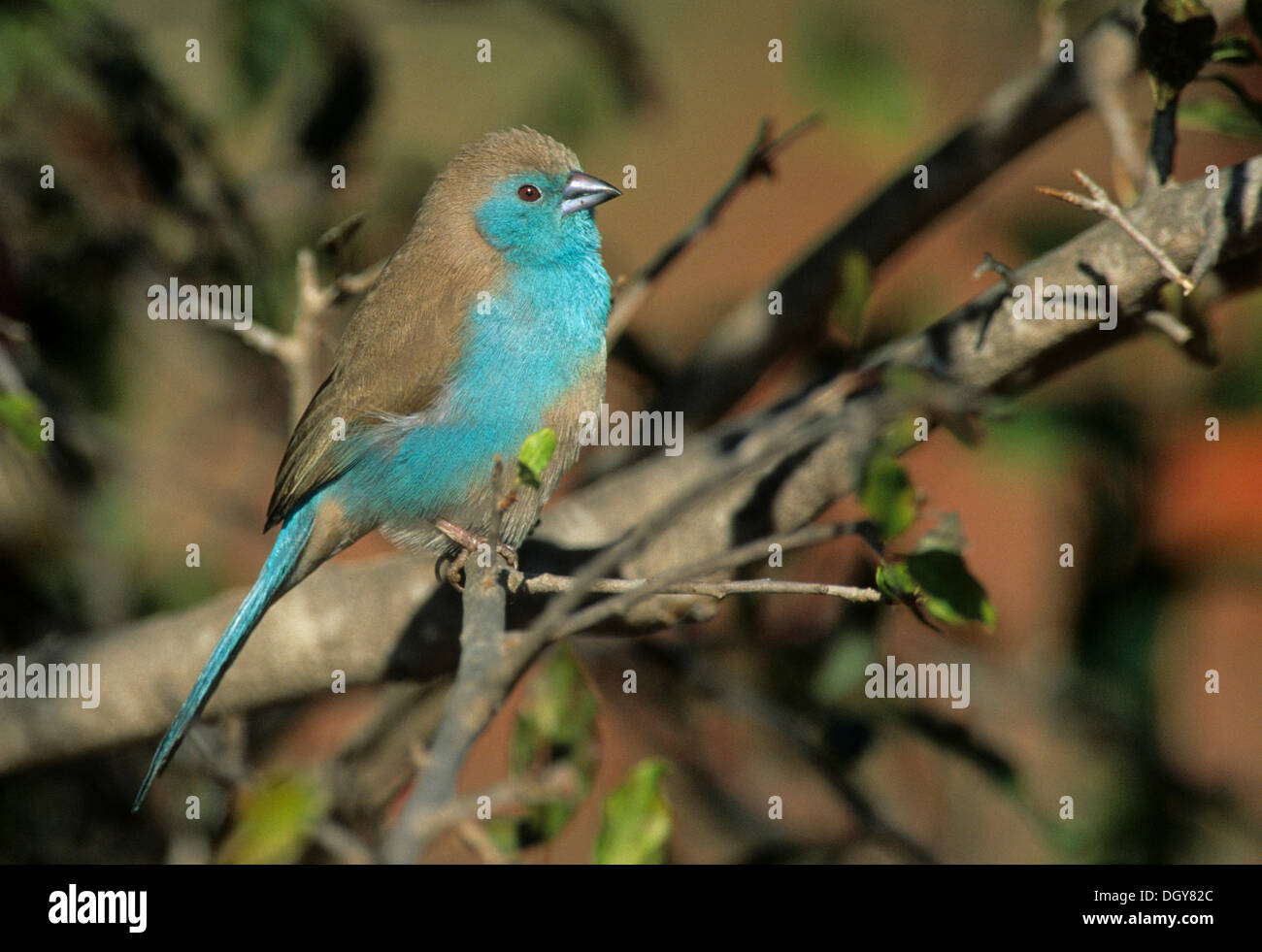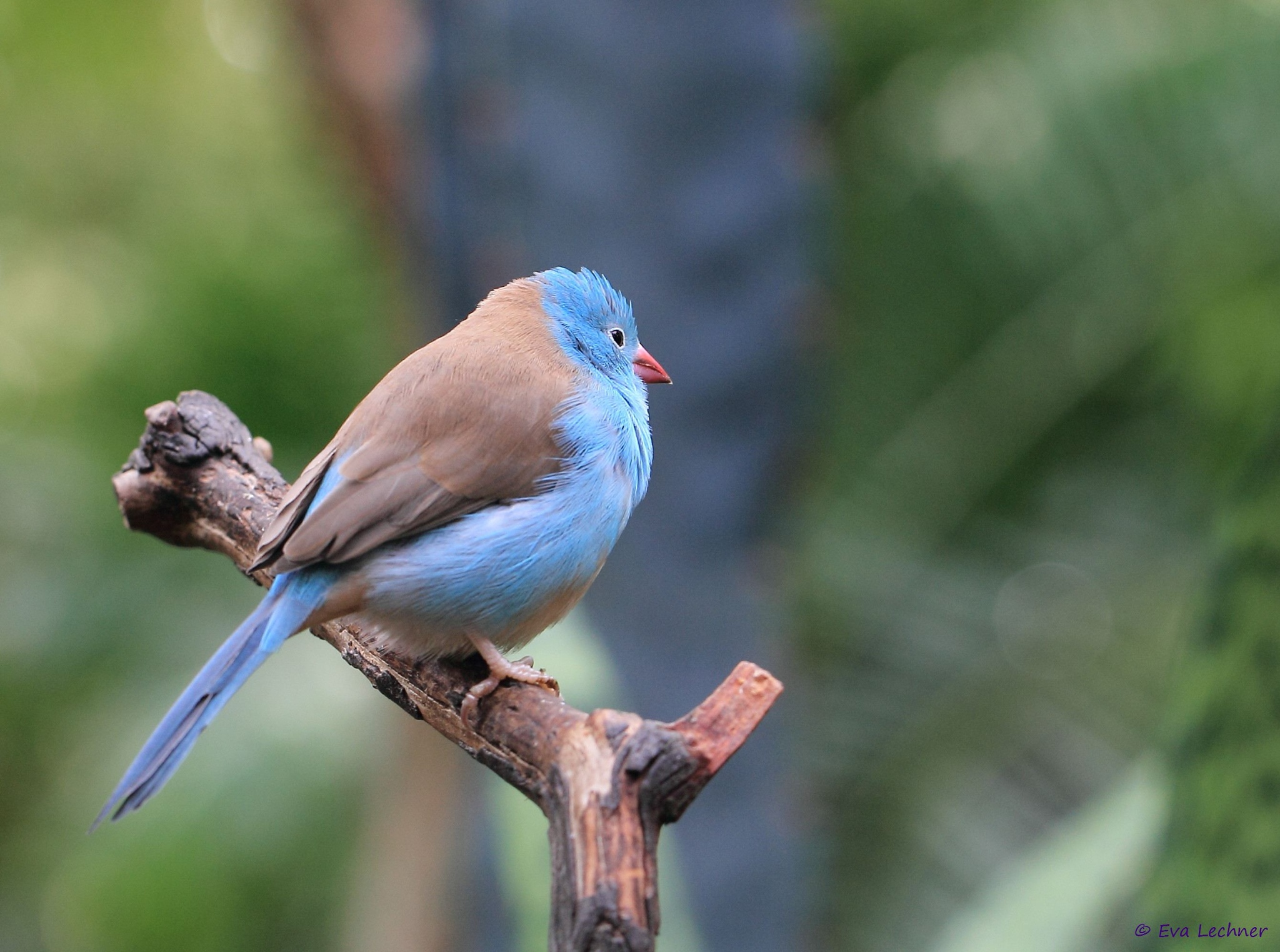
In the wild, these birds are found in pairs or small flocks with other seedeaters. They occupy woodlands and shrubby grassland where they feed on insects and seeds. The male is light blue on the face and upper.
The blue capped cordon bleu inhabits subtropical or tropical (lowland) dry grassland, shrubland, and desert. Review about finch red cheek cordon bleu. Red cheeked cordon bleu finches are easily visually sexed as the females have a duller plumage, less extensive blue feathering and lack the red cheek patches.










The adult male cordon bleu has uniformly brown upperparts, pale blue breast, flanks and tail and a yellow belly. They have a red patch on each cheek. Females are similar in color but are duller, and lack the cheek spot.
Blue capped waxbill finch gorging on different grits.
Ive learnt with my waxbills at least that they benefit and truly gorge on a variety of grit types especially once you go beyond cuttle fish and basic calcium carbonate.
CORDON BLU WAXBILL|Red Cheeked blue waxbill||Breeding Waxbills||Cordon blue set-up
Hi guys, facebook.com/mpsfinchbirdliker Today we are discussed about cordon blu waxbill, those are very beautiful blue in colour. In general, the cordon bleu has brown feathering above, blue feathering on the face, breast, flanks, and tail, and buff under parts; the beak is a deep pink. Red-cheeked: the blue feathering does not extend to the top of the head; the cock sports red patches over his ears. The cheek patches may vary in size from male to male. Mutations include: Yellow where the male's red cheek patch becomes more straw or yellow in color, White where the bird is entirely white but the red cheek patch is retained in males, Pied with splashes of white feathers, and Cinnamon where the bird becomes muted and paler overall. Blue-breasted: very similar to the red-cheeked cordon bleu, except the cock does not have red cheek patches. Also, the blue coloring tends to be slightly more extensive in the areas of the breast and flanks. Blue-capped: the cock's blue extends over the top of the head. Cordon Bleu’s will nest in half open finch nest boxes, wicker cane nests and dense shrubs. be sure to supply nesting material such as swamp grass and soft white feathers for the nest lining. Both male and female will work on nest construction. The hen will lay around 5 white eggs with an incubation period of 12 days. The chicks will remain in the nest for a further 3 to 4 weeks until they fledge and start to venture outside. The parents will continue to feed the young for a further 3 weeks as they learn to crack seed for them self, do not remove young while they are still depending on the parent birds for sustenance. During the breeding process it is essential to feed this species plenty of live food. Art of silence by uniq soundcloud.com/uniqofficial/ Attribution 4.0 International (CC BY 4.0) creativecommons.org/licenses/by/4.0/ Music promoted by chosic.com/free-music/all/
Double Cleaning - Blue-capped Cordon-bleu, Cuban Finch, Orange-breasted Waxbill
Conclusion from Blue-breasted Cordon Bleu Finch For Sale
African finches australian finche. Green singer $80/pair star, red face $100/pair. Grey singer, white rump $80/pair star, yellow face $140/pair. Red cheek cordon blue $80/pair star, isabel $120/pair.
Angolan cordon blue $80/pair plumhead, fawn $140/pair. Red cheeked cordon bleu. 30. 00 please contact raul ( us via cell phone or text message.
